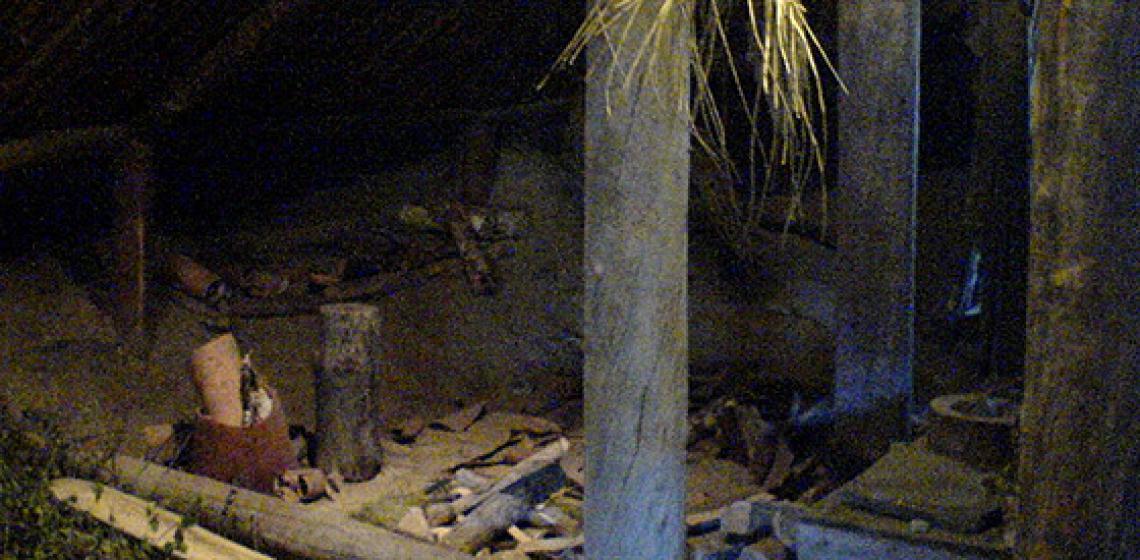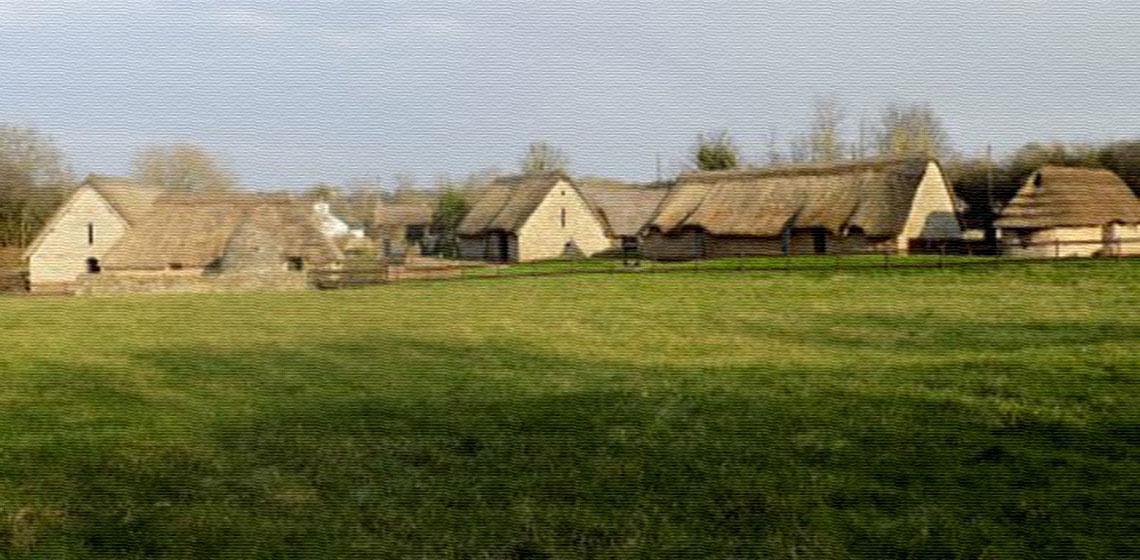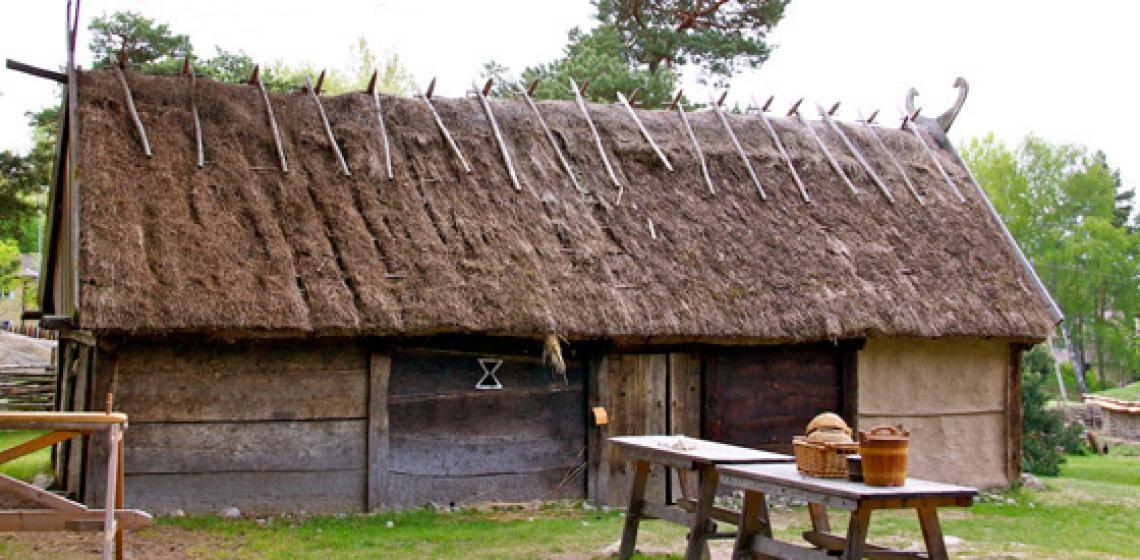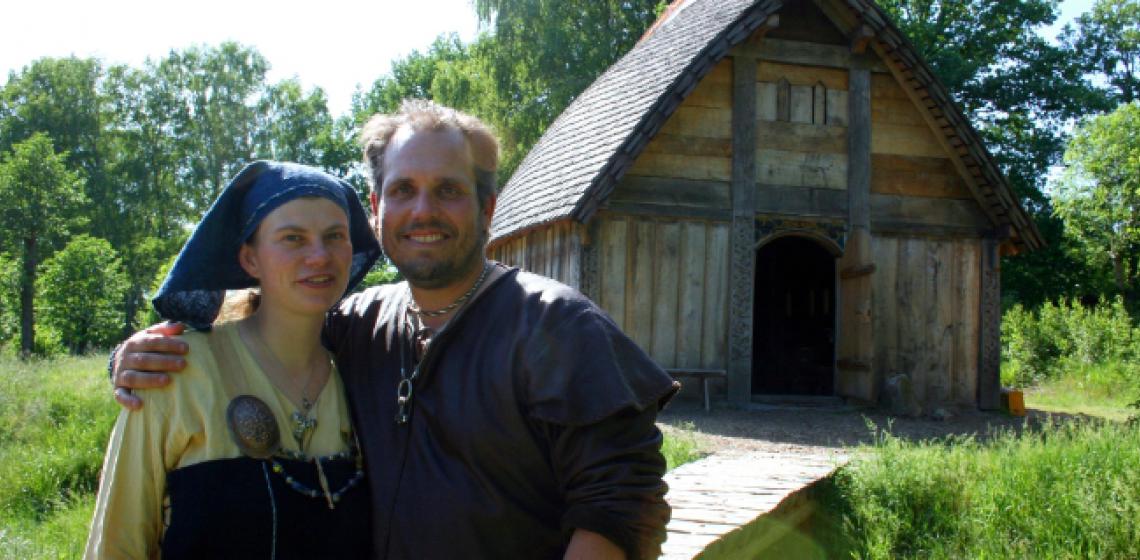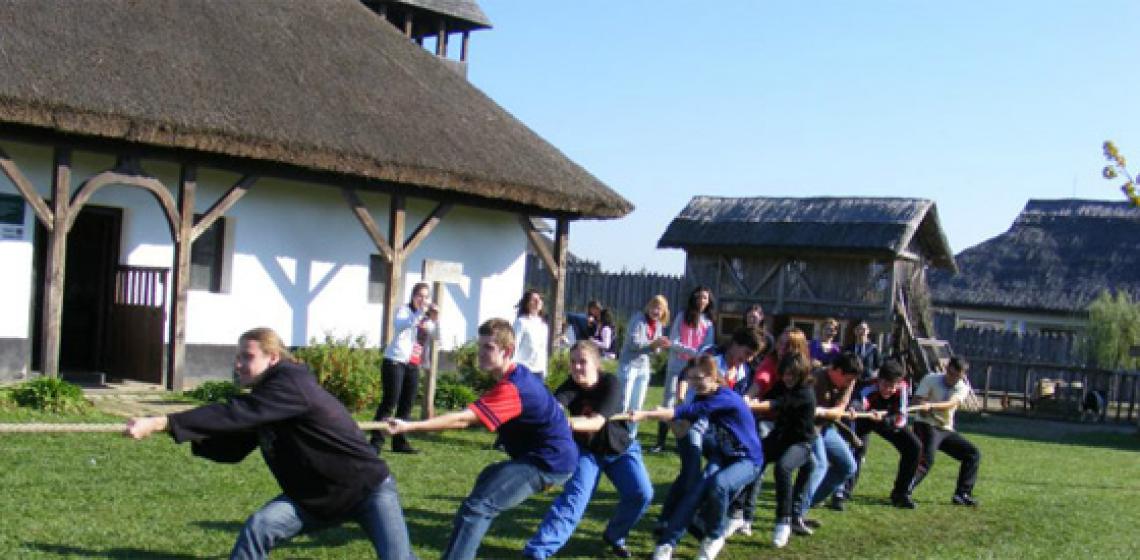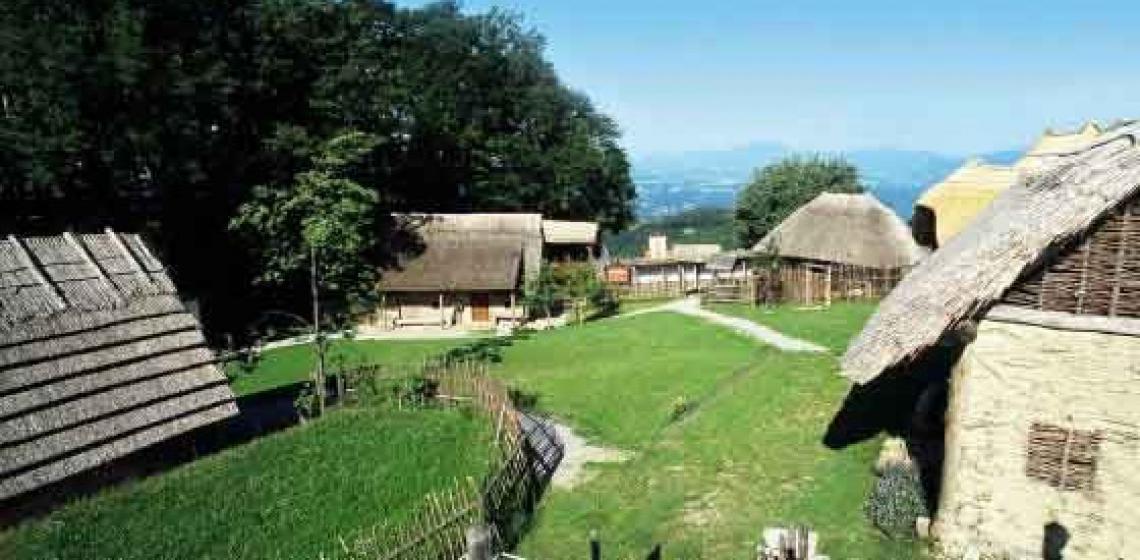Lunt Roman Fort (UK)
After the Iceni of East Anglia led by the legendary Boudica have rebelled against Roman rule and lost in AD 60, the Romans built a series of forts across the Midlands, including the Lunt. This turf & timber fort is now partly reconstructed.
After the Iceni of East Anglia led by the legendary Boudica have rebelled against Roman rule and lost in AD 60, the Romans built a series of forts across the Midlands, including the Lunt. This turf & timber fort is now partly reconstructed...


